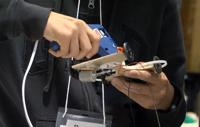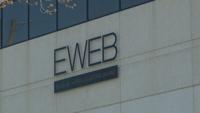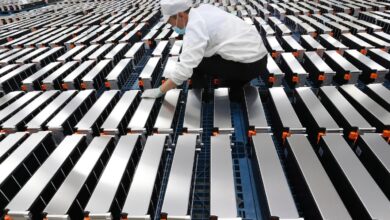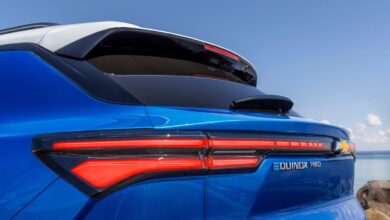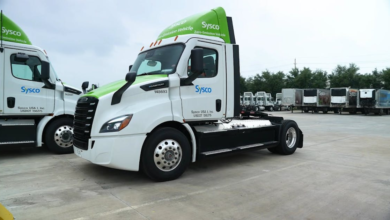Students compete in annual EWEB Electric Vehicle Competition | News
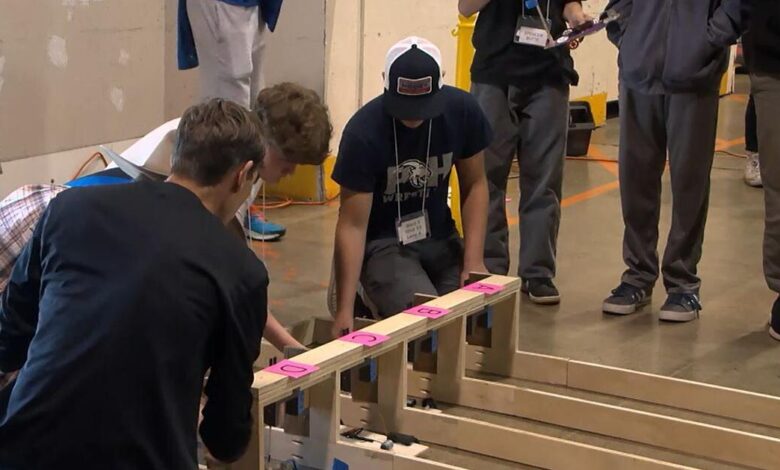
The Eugene Water and Electric Board’s annual Electric Vehicle challenge returned this year, and middle school students from all around Lane County competed for best in speed, artistry, and science.
EUGENE, Ore. — Middle school students from seven different schools in Lane County competed in the Eugene Water and Electric Board’s annual Electric Vehicle Competition on June 6.
Teams of students from the Eugene 4J, Bethel, and Springfield school districts gathered at the Lane Events Center Auditorium to race the emission-free electric vehicles that they designed and built at school as a part of their science curriculum.
Event organizers said that the competition is a way to introduce the students to different kinds of energy and its different applications in a more engaging way.
“This is the type of project that hooks in the un-hookable student, the kid that’s just been dying for something more interesting, something that’s hands-on. It just really brings to life some of the students that maybe are flying under the radar a little bit,” said Tana Shepard, the coordinator for the 4J EWEB Education program.
Organizers said that there is no set time when schools start work on their cars. They said some teams finished their cars several weeks ago, and others finished their cars yesterday. However, most of these students have been learning about energy for weeks.
“Most teachers will take three to four weeks because they’re incorporating energy — potential energy, kinetic energy, energy conversions — all those good things to help the students, and just using that car as the interest part,” said Dustin Dawson from the Lane Education Service District.
Not only are they learning about energy, but another huge focus of the project is the engineering design process.
“There’s two main goals that we want them to get out of it. One is to understand the engineering design process — where you build something, you test it, and then you’re like ‘ah, wait, we need to fix something.’ So you try, or you fix, and re-iterate and re-iterate and re-iterate, and go through that process as many times as possible,” Dawson said.
Henry Light is a student at the Arts and Technology Academy. He said that, by participating in this event, he learned exactly that.
“I learned, really like, how to deal with mistakes, and how to like – what’s it called – troubleshoot, and like figure out what’s wrong, fix it,” said Light.
Shepard said that another important lesson for the students to take away is competition and teamwork.
“I hope that they take away the spirit of good competition, and also the ingenuity, and problem solving, and collaboration that it took to bring this project together with their team and then at this big event as well,” she said.
This marks the return of the EV Competition, after a five-year hiatus that began in 2019. The original challenge, which started in 1997, used solar panels to power the car. This year, the cars were powered by batteries.
The Electric Vehicle Challenge is part the 4J/EWEB Education Partnership, which is a 30-year grant that funds various educational opportunities. Additional funds also came from EWEB’s Greenpower program. The School Districts also partnered with the Lane Education Service District for the project.
